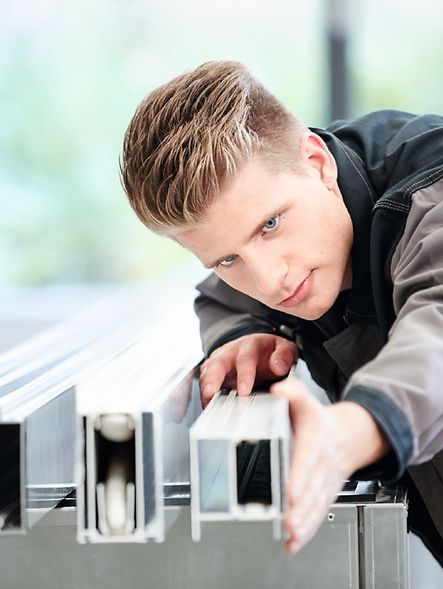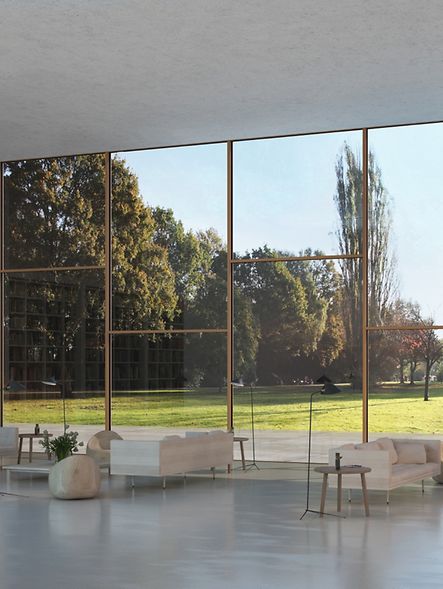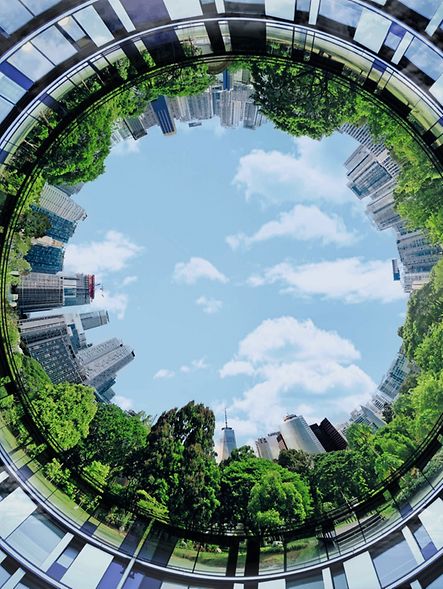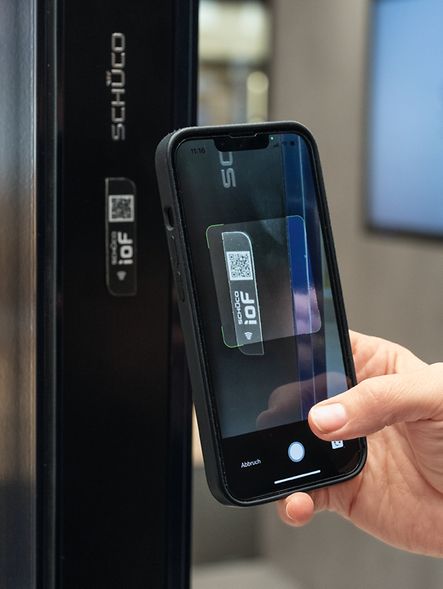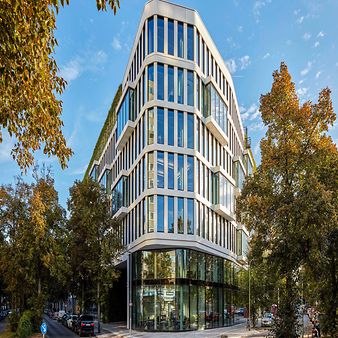
Sustainable building and renovation are becoming the future standards for the construction industry. The driving force behind this is the European Green Deal, which is aiming for Europe to become climate-neutral by 2050. In Germany, this target is to be met by 2045: a major challenge that will also change the construction sector, as it is responsible for 38% of global CO₂ emissions.
Given the strict European sustainability and climate-protection requirements, investors and architects are now demanding future-proof buildings, i.e. with reduced emissions. Metal construction companies and other trades within the construction industry must now focus more on sustainable building if they want to remain competitive.
These businesses need the support of system providers and sustainable solutions: Schüco Carbon Control helps metal construction companies with customised offers that allow them to actively optimise the carbon footprint of the building envelope throughout all building phases.
Project-specific CO₂ minimisation in all building phases: Schüco Carbon Control
Comply with increasing CO₂ requirements and remain competitive in the long term
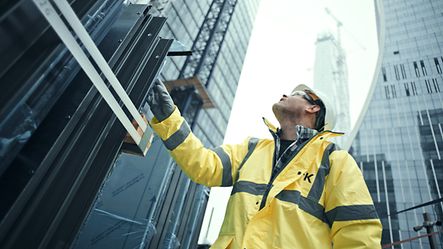
The European Green Deal has established CO₂ as the new currency in the construction sector. This means the CO₂ emissions of buildings will be the main criterion when it comes to all future investments and specifications. As a response to the stricter regulations, buildings must be made more CO₂ efficient and intelligent across the board.
Fabricators can use climate-friendly, CO₂-reduced materials and smart sustainability solutions to minimise embedded emissions in the building envelope. They can reduce the carbon footprint of a building throughout its entire life and safeguard competitiveness as well as the ecological and economic future viability of the building as CO₂ requirements continue to increase.
Why Schüco Carbon Control?
Do you want to reliably handle tenders with sustainability requirements? We offer you the right solutions and services to actively manage the CO₂ footprint of the building envelope in construction.
FAQ
What is an EPD?
What is an EPD?
The abbreviation EPD stands for ‘Environmental Product Declaration’. The EPD is a document itemising, in data form, the environmentally relevant properties of a specific material that is to be used in construction. Ideally, the entire lifecycle of the material will be taken into account here. Using this data, which is based on the GWP value of the material and the structure, an ecological assessment of the building can be carried out and the building certified.
What is the GWP value?
What is the GWP value?
The GWP value quantifies the ‘Global Warming Potential’ of a building – the CO₂ emissions from Embodied Carbon and Operational Carbon – across its entire service life. The GWP value is shown as the CO₂e, or the CO₂-equivalent.
What do LC and ULC stand for?
What do LC and ULC stand for?
LC stands for ‘low carbon aluminium’ and ULC for ‘ultra-low carbon aluminium’. These two terms are used for aluminium products that are available from Schüco alongside similarly energy-efficient standard aluminium; they offer profiles with an especially low CO₂ value.
What do BALANCED PVC, RECYCLED PVC and BIO-ATTRIBUTED PVC mean?
What do BALANCED PVC, RECYCLED PVC and BIO-ATTRIBUTED PVC mean?
BALANCED PVC, RECYCLED PVC and BIO-ATTRIBUTED PVC are the material classes for Schüco profile systems. Profiles with the BALANCED PVC material standard are produced in a more sustainable* way. In addition to this, choosing the RECYCLED PVC material class supports the circular economy even more proactively and, BIO-ATTRIBUTED PVC promotes a non-fossil raw material basis. All of the material classes support the decarbonisation of the building envelope for the long term.
* This is achieved through the use of either recycled material or a formulation that makes optimum use of resources in the inner core.
